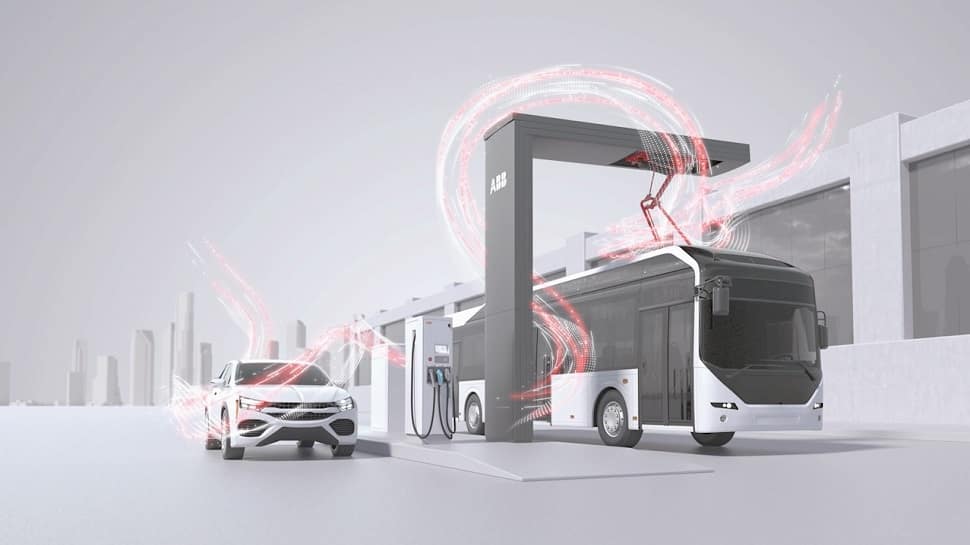With the Indian government’s commitment to achieve Net Zero by 2070, and strategies around reducing emissions, increased adoption of electric vehicles is viewed as part of the solution. Electric vehicles have the potential to reshape the transportation sector in the country, drastically cutting carbon emissions and clearing the way for significant climate progress. Electric mobility could transform this high-emissions sector. A notable global strategy to reduce carbon emissions in the transportation industry is the shift to electric mobility.
The EV30@30 campaign has been initiated globally, which aims to generate at least 30% of new electric vehicle sales by 2030. This initiative is also supported by a small number of nations, including India. Given the emphasis on addressing climate change and constructing sustainable development goals, switching to clean mobility has become imperative. Though there are many standards for the functional safety of electric vehicles, the ISO 15118-20:2022 Road vehicles — Vehicle to grid communication interface — Part 20: 2nd generation network layer and application layer requirements
The standard specifies the communication requirements between the electric vehicle (EV), including battery electric vehicle (BEV) and plug-in hybrid electric vehicle (PHEV), and the electric vehicle supply equipment (EVSE). The application layer messages defined in this document are designed to support the electricity power transfer between an EV and an EVSE.
This standard defines the communication messages and sequence requirements for bidirectional power transfer. Furthermore, this ISO15118-20:2022 document defines requirements of wireless communication for both conductive charging and wireless charging as well as communication requirements for automatic connection device and information services about charging and control status.
The purpose of this ISO15118-20:2022 standard is basically to detail the communication between an electric vehicle communication controller (EVCC) and a supply equipment communication controller (SECC). Aspects are specified to detect a vehicle in a communication network and enable an Internet Protocol (IP) based communication between the EVCC and the SECC.
India is on its way to formulate the laws and regulations that shall specifically govern the working of EVs. The amendments to the revised and consolidated Guidelines & Standards for “Charging Infrastructure for Electric Vehicles (EV)” were issued by Ministry of Power on 8 November 2022. It is also evident that although EVs have in essence penetrated the Indian market, but clearly there is a limitation in the number of EV models as compared to the petrol/ diesel-fuelled vehicles, available in the market.
Consequently, the demand side of EV is rather conservative. However, a paradigm shift to EVs by 2030 as set by the government appears to be an utopian target, unless there are more initiatives taken by the government to increase awareness amongst the public and formalise the legal regime surrounding EVs to ensure smoother and faster adaptability of the EVs amongst consumers.
This article is authored by Theuns Kotze, Managing Director Assurance BSI India , Middle East, Turkey and Africa.
















